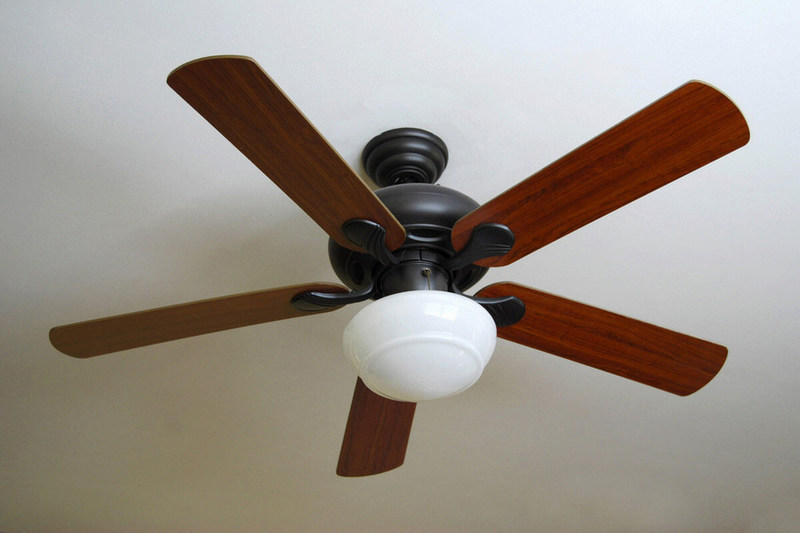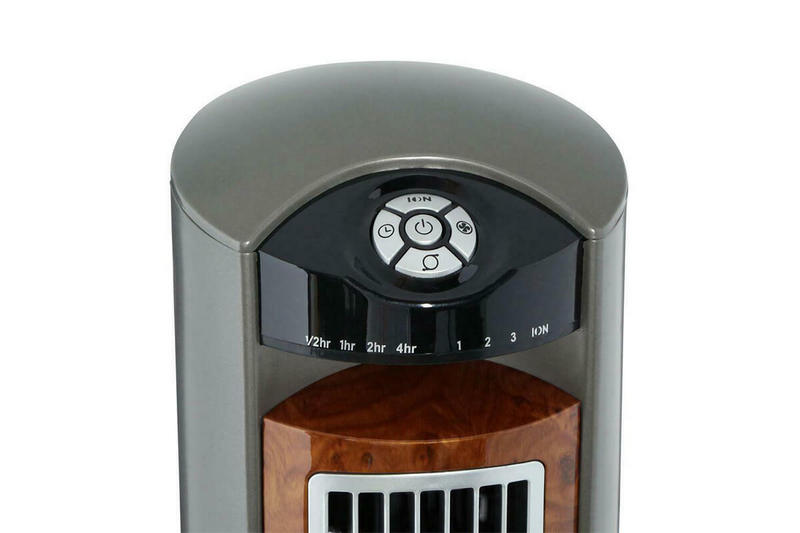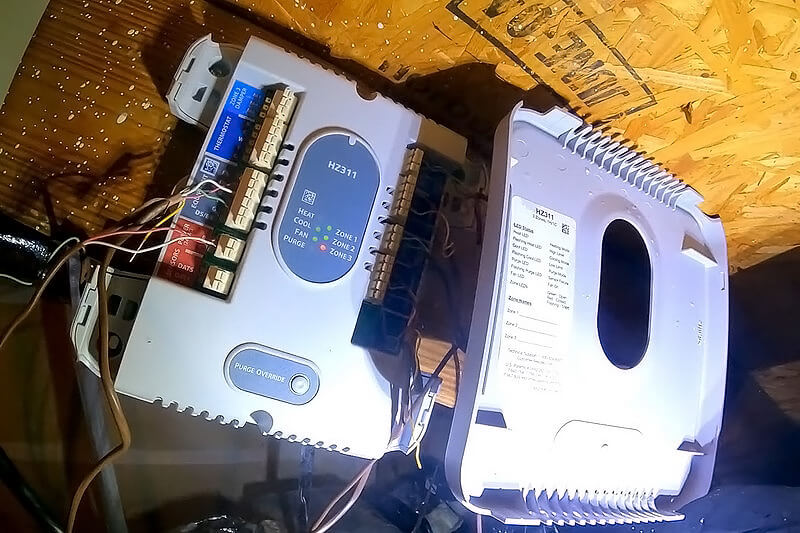Ceiling fans are a great aesthetic addition to your room decor and are ideal for saving up on energy costs. However, everyone can agree that there’s nothing more annoying than a noisy ceiling fan.
Whether the noise is because of gradual wear and tear or low levels of oil in the reservoir, some oiling might help. But, taking the whole fan apart to conduct maintenance now and then can be a tedious task.
So, how to oil a ceiling fan without taking it down? This step-by-step guide will give you all the information you need.
Do Ceiling Fans Need to Be Oiled?
While lubricating your fan without taking it down is relatively easy, you must be wondering whether you need to do it in the first place. Mainly, just like any other machine that generates a squeaking noise because of excessive friction, a ceiling fan also needs adequate lubrication.
However, your fans will not need to be oiled if you own modern maintenance-free fan models with self-lubricating ball bearings.
But, if your fan is manufactured anytime before 1970, it probably does not have sealed ball bearings. This means that constant friction can wear the bearings down, resulting in inefficient fan operation.
So, to restore its smooth and effortless movement, the ball bearings will need regular greasing.
Remember, some self-lubricating ceiling fans might also require oiling. Usually, this is when the guaranteed lifespan of their ball bearings is about to end, or they are used in dusty, dirty conditions.
Check the user’s manual for specific information to confirm whether your particular model needs oiling.
Read Also: Ceiling Fan Works But Lights Don’t
What Type of Oil Can You Use to Oil a Ceiling Fan?
If you’re looking to oil your ceiling fan by yourself, you should choose the oil you use carefully. Most people mistake utilizing any type of oil they get their hands on, which can tamper with the fan’s motor.
Besides that, even regular engine oil won’t work for lubricating your fan. So instead, you should always use non-detergent electric motor oil. This way, your ceiling fan will continue to work flawlessly after oiling.
If you can’t find non-detergent electric motor oil at your nearby convenience store, try looking for your desired product online. Also, check the user’s manual of your fan to see if it needs any specific oil for regular lubrication.
Things You Will Need to Lubricate a Ceiling Fan
Once you purchase the right motor oil for lubricating your ceiling fan, you can easily take up the task with the minimal equipment you can find at home. However, if you’re looking to take your fan apart and oil its motor completely, you’ll need an open-end wrench to facilitate the process.
However, no such tools are required if you’re asking how to oil a ceiling fan without taking it down. Simply take a damp cloth to clean your fan’s oil hole and surface and a few drops of your specific non-detergent electric oil.
Besides that, you’ll also need a long thin tool to check the oil level and a ladder to climb up and reach the ceiling fan.
8 Steps on How to Properly Oil a Ceiling Fan Without Taking It Down
If you don’t oil your ceiling fan frequently, the increased friction can cause its internal system to jam, accelerating its gradual disintegration. So, now that you know the type of oil and equipment you’ll need to take up the tasks, just follow these steps to get it done in no time.
1. Read the User’s Manual
As mentioned above, every fan comes with different instructions and requirements. Make sure to check any specific directions about oiling your ceiling fans or conducting other maintenance procedures before getting started.
2. Switch Your Electric Outlet Off
You cannot conduct maintenance on your fan without turning it off. However, you should take further precautions and turn the main power switch off to steer away from any safety hazards.
3. Use a Ladder
If you’re not taking the fan apart to oil it, you’ll have to reach up to it for proper oil application. You should start by placing your ladder on a flat surface before climbing up to complete your job.
4. Locate the Oil Hole
Every ceiling fan has an oil hole, so you can lubricate the machine without taking it apart. Usually, it is located on the engine’s top half and is marked as well. But, if you don’t find one, your fan probably has a self-lubricating feature.
5. Assess the Oil Levels
Once you have located the oil hole, use any thin, long, pipe-like tool to check the oil level. Insert the tool in to see how much it is covered in oil. If it comes out almost dry, you need to fill it up with oil.
6. Clean the Oil Hole
If you apply the oil right after checking the oil level, dirt and dust can clog the oil hole. Clean the oil hole first with a damp cloth and detergent before applying the oil.

Moreover, try cleaning your oil hole and fan exterior now and then. This will ensure that no dust or dirt gets accumulated in its engine parts, and it works smoothly without any squeaking noises.
7. Apply the Oil to the Oil Hole
Now that your fan and oil hole are squeaky clean, it is time to fill the oil hole with oil to an optimum level. This will restore your fan’s smooth operation and reduce excess friction in its engine parts.
Remember, pouring oil into a significantly small hole can be difficult. Use your small pipe as a navigator and slowly pour the oil until you have filled the required amount.
Depending on the last time you oiled your fan, you may need one to two ounces of oil to fill the engine adequately. You can even apply the oil to the oil hole using your finger to fill it gradually without making a mess.
8. Check Your Fan
Clean up any excess oil on its surface when you are done oiling your fan without dismantling it. Then, wait for a few minutes and turn the power on to check whether your fan is working correctly.
Conclusion
If you’re wondering how to oil a ceiling fan without taking it down, the task is quite easy. But, you should always check the user manual included with your fan’s packaging. This way, you’ll know if there are any specific maintenance requirements for your fan so you can conduct your task accordingly.







